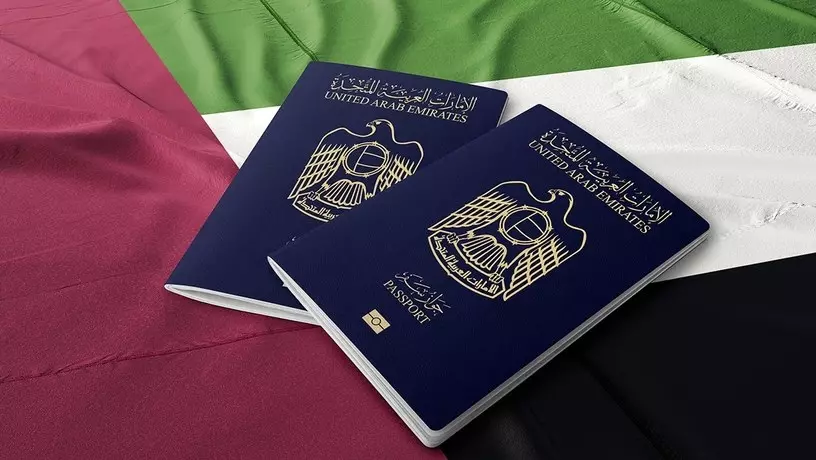
Louvre Abu Dhabi invites to unique artefacts exhibition
The Louvre Abu Dhabi invites residents and guests of the UAE capital to an exhibition of unique artefacts from Mexico. This is the first time such artefacts will be exhibited in the region and will be on display until April 2025.
Among the five artefacts handed over to the museum is a 5,840 kg basalt head from the Olmec civilisation (1200-500 BC). Such heads usually depict figures who may have held important political and religious positions in their time.
Also given to the museum is an incense burner of the ‘theatrical’ type from the Teotihuacan civilisation (100 BC-800 AD). Such burners began to be made between 1 and 100 AD, and incense was made from charcoal and copal, which grew in abundance in Central America.
The third of the five objects is a stone mask in the shape of a human face (100 BC – 800 AD) The carving style of the artefact is associated with the agricultural and fertile city of Teotihuacan in central Mexico.
The fourth is a ritual mask from the Maya civilisation (600 BC – AD 1521). It is a recent archaeological discovery, and is being displayed to the public for the first time; royal funerary rituals involved the creation of such elaborate masks, as well as other objects such as incense burners and vessels.
The fifth artefact is a carved column from Chichen Itza, Maya (600 BC – AD 1521). The column belongs to the category of Atlantean statues, which are anthropomorphic sculptures; their arms are raised above their heads and they carry an altar, pew, or threshold of a building that was probably a place of worship.
Since its founding in Abu Dhabi in 2017 as the first world-class museum in the Arab world, the Louvre has become a beacon of global human creativity, telling stories of cultural connections past, present and future.
Source: Khaleej Times








